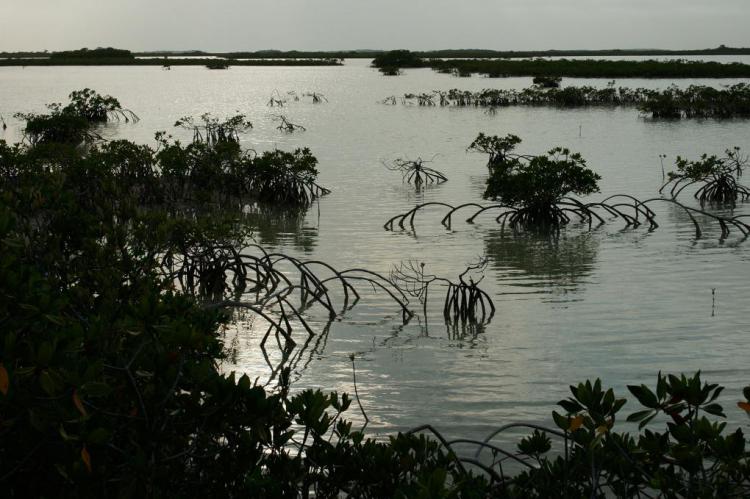Mangrove expands in Florida
Mangrove forests have been expanding northward along the Atlantic coast of Florida as cold spells are becoming rarer.
"The most intuitive explanation [for the expansion of mangrove forests] is not the explanation that actually explains this pattern," said senior co-author Assistant Professor James Kellner, who teaches in the department of ecology and evolutionary biology and is part of Brown's Environmental Change Initiative. "The one people would most probably point to is an increase in mean temperature."
But the analysis ruled out increases in mean annual or winter temperatures as well as changes in precipitation and changes in nearby urban and agricultural landcover. It also ruled out sea level rise.
Fewer cold days
What emerged from their tests of statistical significance was the area's decline in the frequency of days where temperature dips below -4 °C, or 25 °F. That, not coincidentally, is a physiological temperature limit of mangrove survival.
In a state where mangroves enjoy environmental protections, it might appear at first blush that more mangrove habitat could be a good thing. But researchers caution against any celebration of this apparent consequence of climate change.
"The expansion isn't happening in a vacuum," lead author Kyle Cavanaugh, a postdoctoral researcher at Brown University and at the Smithsonian Institution. "The mangroves are expanding into and invading salt marsh, which also provides an important habitat for a variety of species."
The next question is to understand how these changes affect the lives and interactions of the species in each ecosystem.


